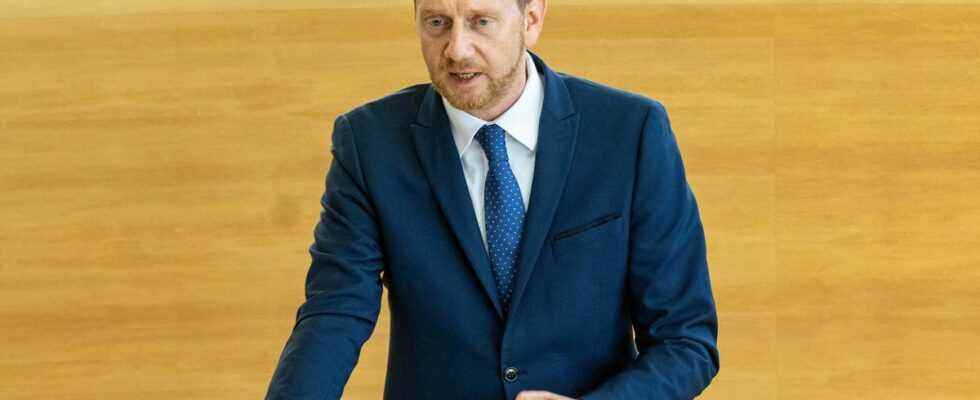That’s it! At a panel discussion, Saxony’s Prime Minister attacked Vodafone head-on. He is dissatisfied with the many dead spots that still exist in Bavaria. However, politicians are not to blame for the dead spots.

The German mobile communications market is dominated by three network providers: Telekom, Vodafone and Telefónica (o2). Every criticism of the state of the mobile network has several addressees. But that didn’t stop Saxony’s Prime Minister Michael Kretschmer from zeroing in on just one with pithy words: Vodafone.
Saxony’s Prime Minister attacks Vodafone
“Finally close the dead spots, Vodafone, this is a single catastrophe”, Kretschmer attacked Vodafone at a panel discussion (Source: Golem). One couldn’t be satisfied that it was on the way to Berlin there are always dead spots in the same place.
That might have to be accepted at the “farthest milk can”, but not on highways and inner cities, explained the Saxon head of government. He did not reveal why Kretschmer picked out Vodafone of all people in his dead-spot calculation. Possibly the prime minister at the Düsseldorf mobile operator has the greatest experience, because According to Kretschmer, he himself is a Vodafone customer. Despite his criticism, he thinks Vodafone is a great company.
Are prepaid plans still worth it these days?
Politicians are partly to blame for dead spots
It is of course easy for the Saxon Prime Minister to point the finger at Vodafone. But the full truth is also that the Politics with insufficient supply requirements made the mess possible in the first place. Vodafone itself is unimpressed by the Kretschmer slap in the face: According to company spokesman Volker Petendorf, 1,200 mobile phone construction projects have been implemented in Bavaria in the last 12 months alone. “Vodafone has expanded its mobile network in Saxony well and will continue to invest heavily in the infrastructure.”
